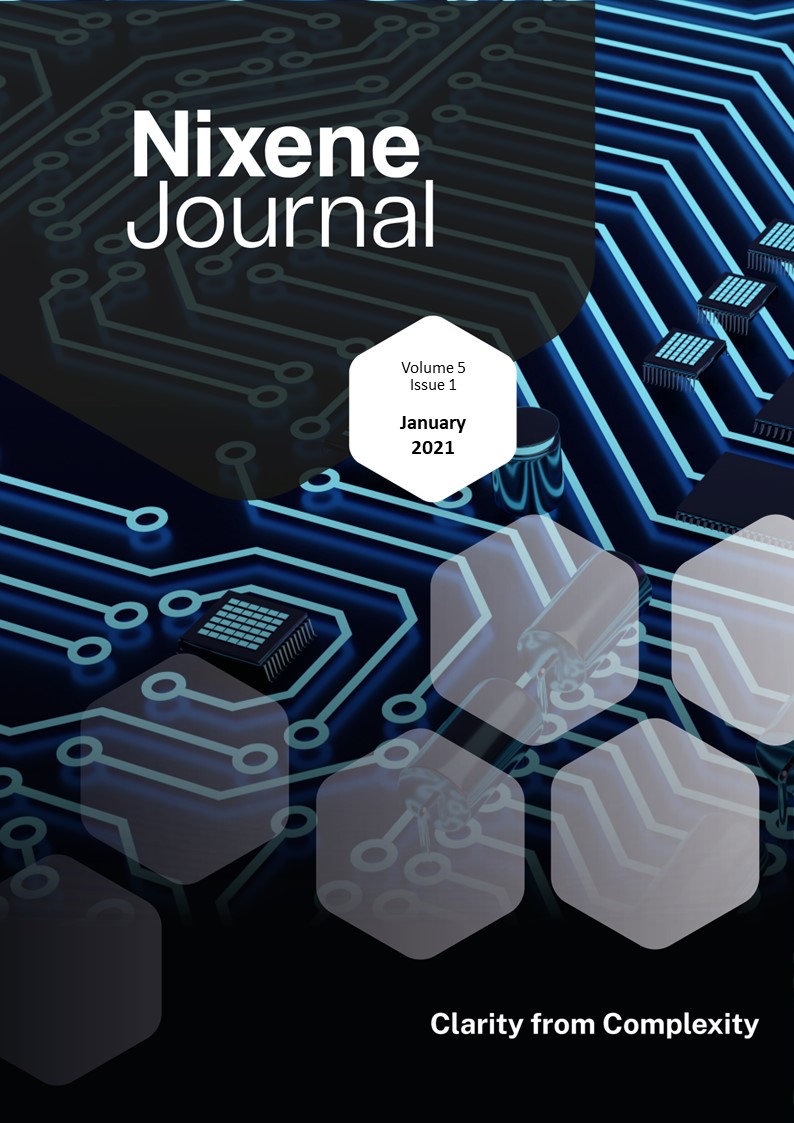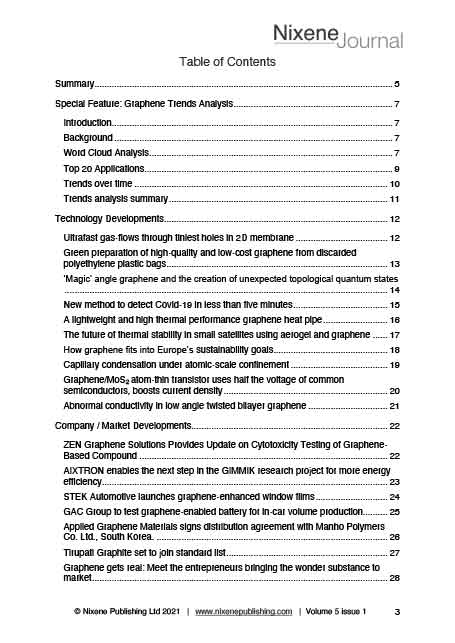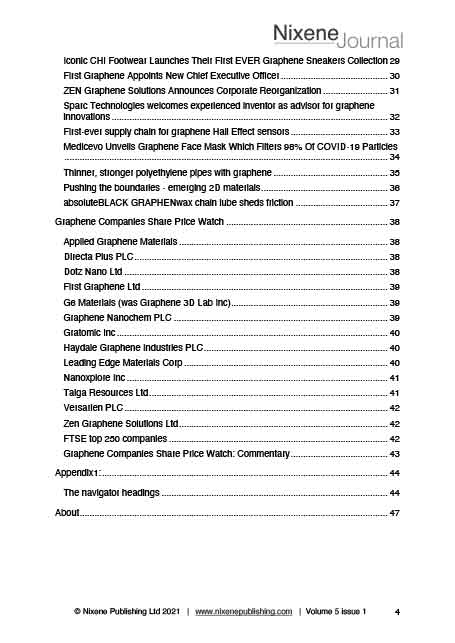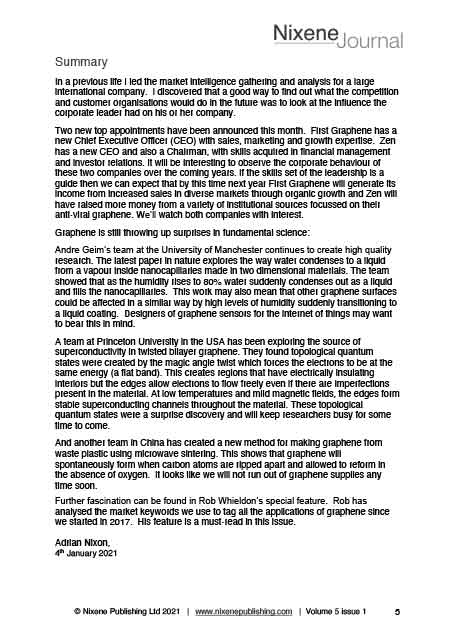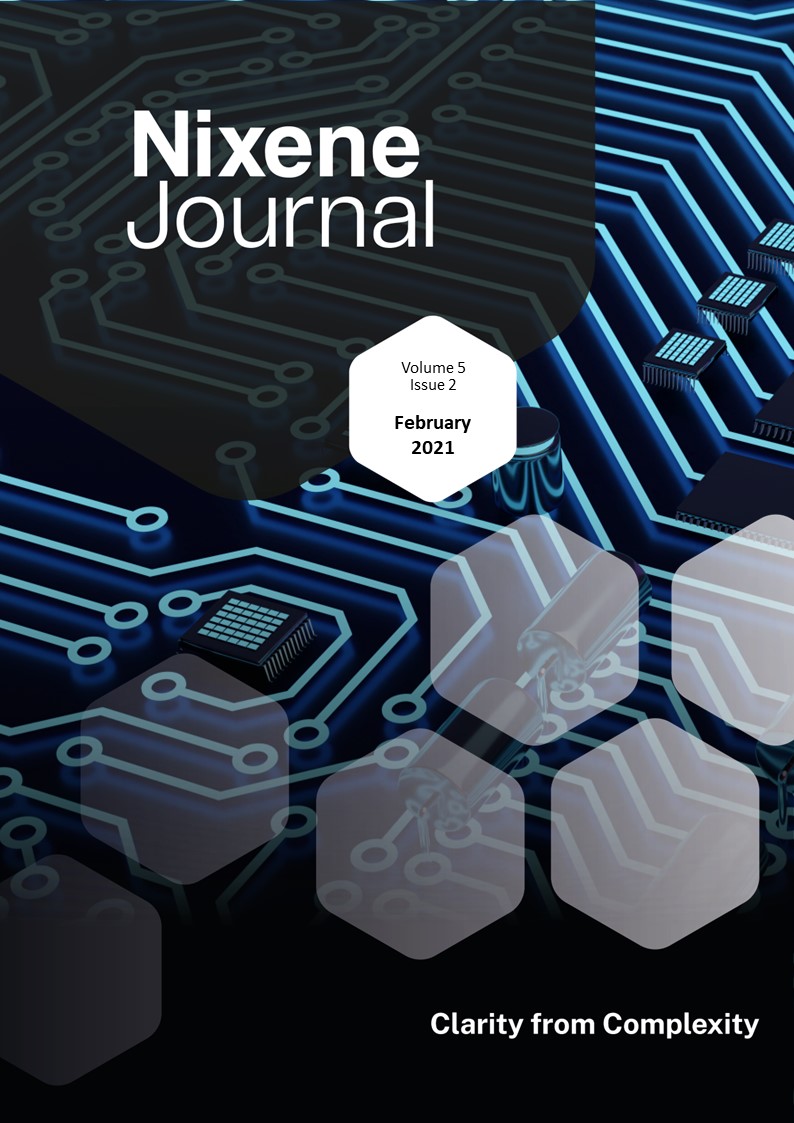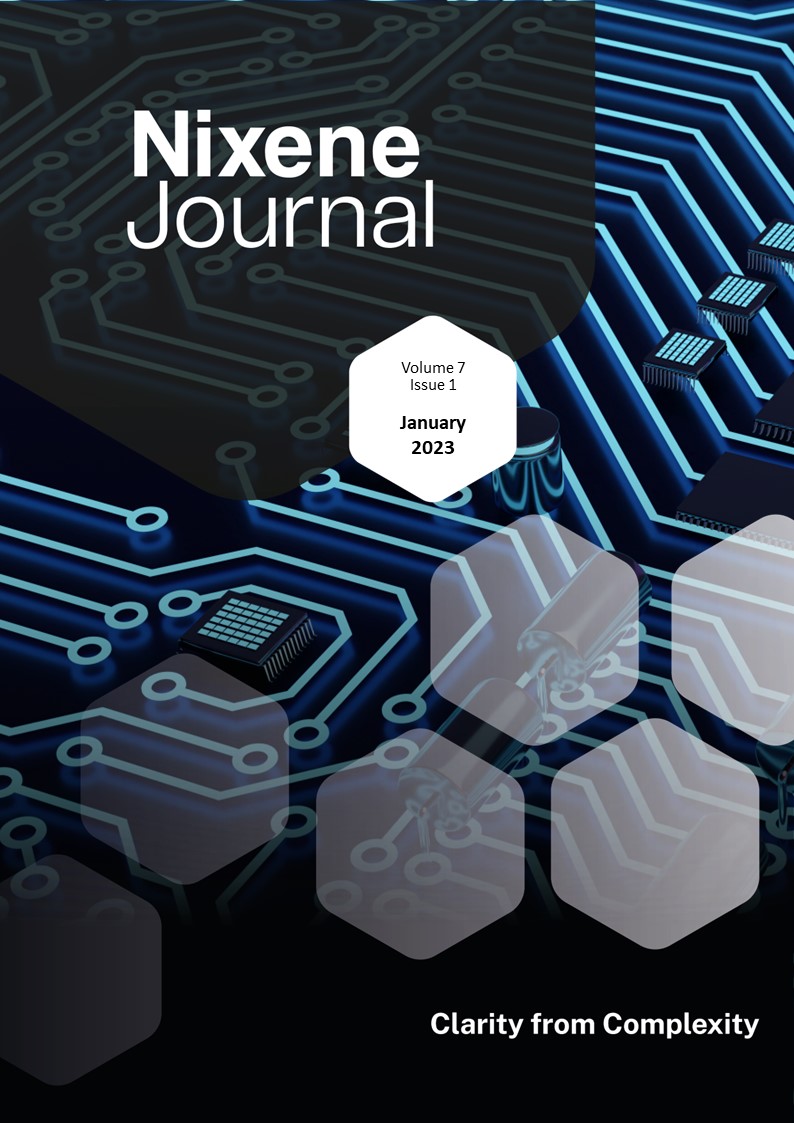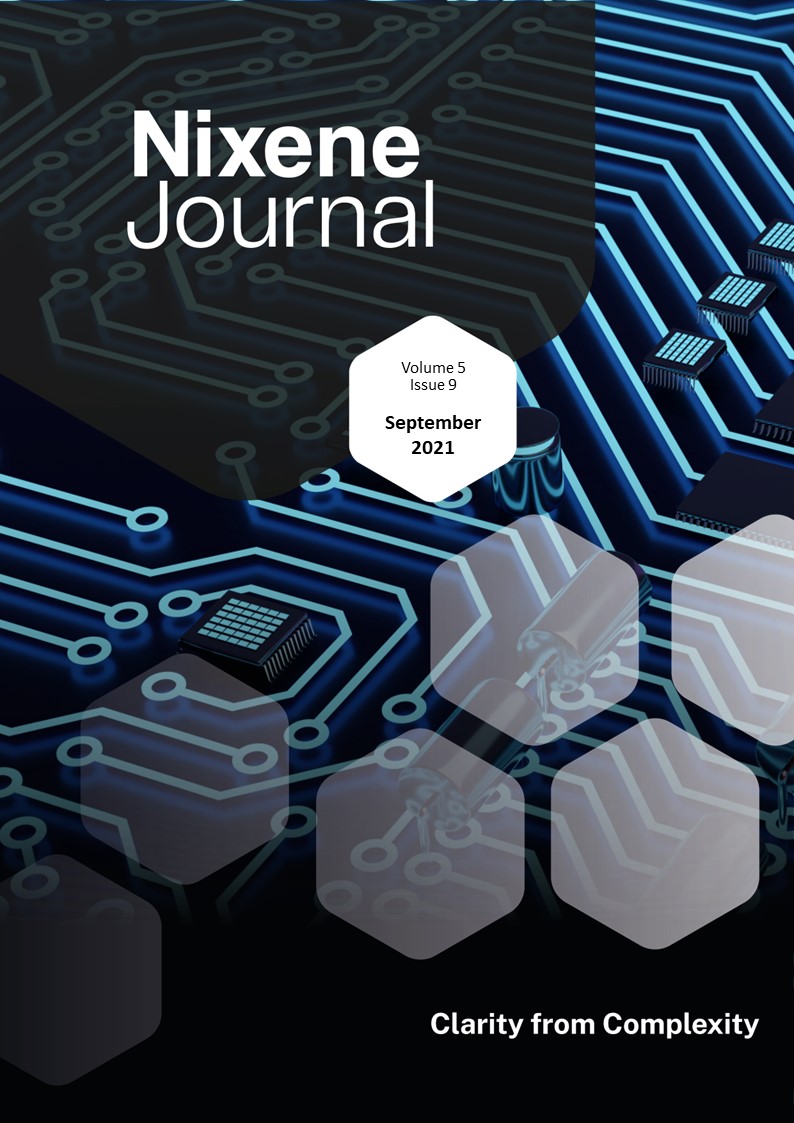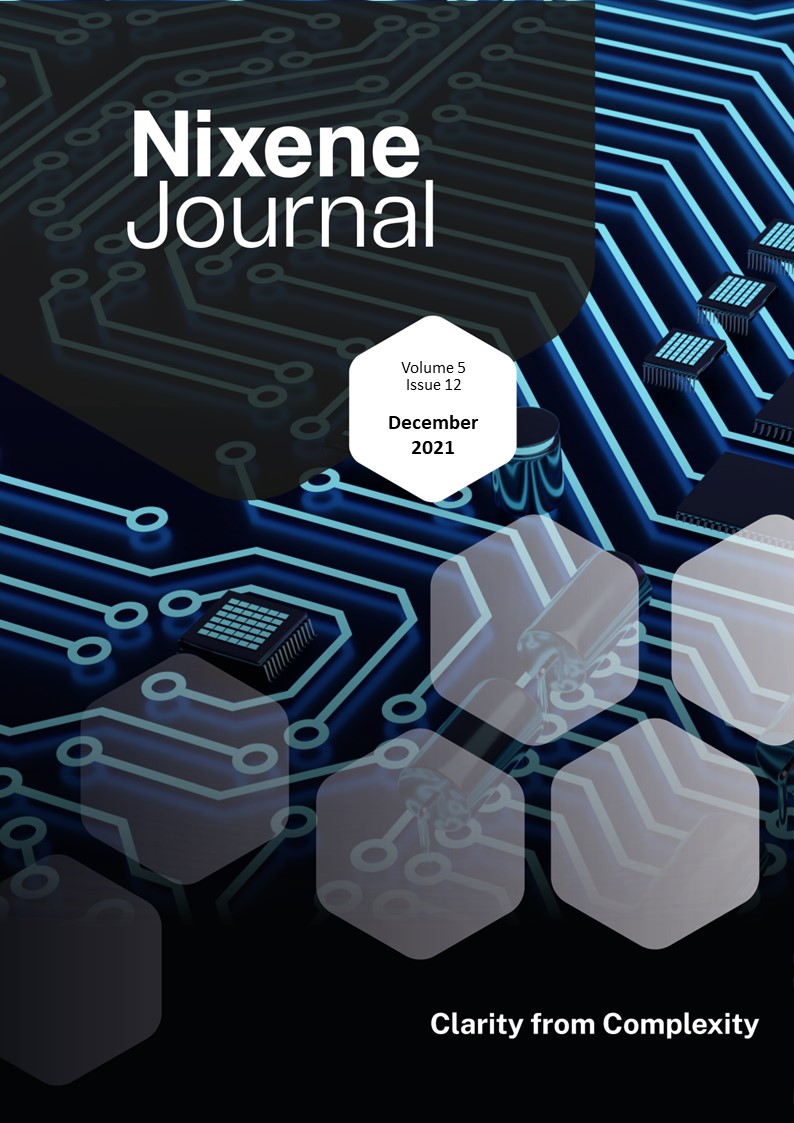Description
In a previous life I led the market intelligence gathering and analysis for a large international company. I discovered that a good way to find out what the competition and customer organisations would do in the future was to look at the influence the corporate leader had on his or her company.
Two new top appointments have been announced this month. First Graphene has a new Chief Executive Officer (CEO) with sales, marketing and growth expertise. Zen has a new CEO and also a Chairman, with skills acquired in financial management and investor relations. It will be interesting to observe the corporate behaviour of these two companies over the coming years. If the skills set of the leadership is a guide then we can expect that by this time next year First Graphene will generate its income from increased sales in diverse markets through organic growth and Zen will have raised more money from a variety of institutional sources focussed on their anti-viral graphene. We’ll watch both companies with interest.
Graphene is still throwing up surprises in fundamental science:
Andre Geim’s team at the University of Manchester continues to create high quality research. The latest paper in nature explores the way water condenses to a liquid from a vapour inside nanocapillaries made in two dimensional materials. The team showed that as the humidity rises to 80% water suddenly condenses out as a liquid and fills the nanocapillaries. This work may also mean that other graphene surfaces could be affected in a similar way by high levels of humidity suddenly transitioning to a liquid coating. Designers of graphene sensors for the internet of things may want to bear this in mind.
A team at Princeton University in the USA has been exploring the source of superconductivity in twisted bilayer graphene. They found topological quantum states were created by the magic angle twist which forces the electrons to be at the same energy (a flat band). This creates regions that have electrically insulating interiors but the edges allow electrons to flow freely even if there are imperfections present in the material. At low temperatures and mild magnetic fields, the edges form stable superconducting channels throughout the material. These topological quantum states were a surprise discovery and will keep researchers busy for some time to come.
And another team in China has created a new method for making graphene from waste plastic using microwave sintering. This shows that graphene will spontaneously form when carbon atoms are ripped apart and allowed to reform in the absence of oxygen. It looks like we will not run out of graphene supplies any time soon.
Further fascination can be found in Rob Whieldon’s special feature. Rob has analysed the market keywords we use to tag all the applications of graphene since we started in 2017. His feature is a must-read in this issue.
Adrian Nixon,
4th January 2021

